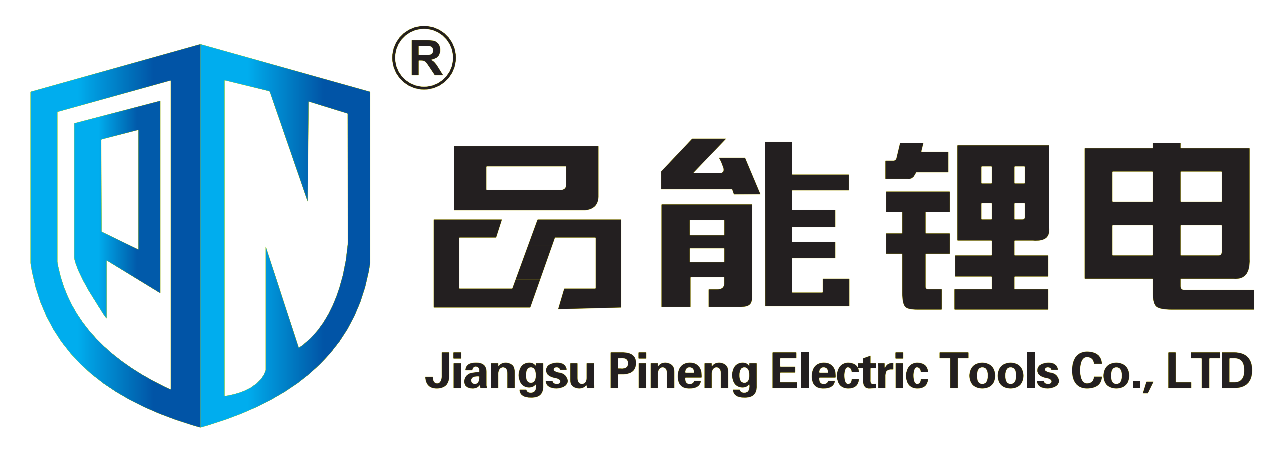Adjustable Wrench: The Versatile Multi-Tasker
Key Features and Adjustability
What makes adjustable wrenches so popular? Mostly because they have this movable jaw that lets folks grab different sized nuts and bolts without swapping tools every five minutes. No more lugging around half a dozen fixed size wrenches just to tackle one job, which cuts down on clutter in workshops and garages alike. These wrenches work with both standard and metric measurements too, so whether someone's fixing an old car or working on modern equipment, they usually cover all bases. Most people find that one good adjustable wrench does the trick instead of buying multiple specialized ones, saving money and space at the same time. Mechanics love them obviously, but weekend warriors appreciate them just as much when trying to fix things around the house without investing in a full set of wrenches.
Common Applications in Household and DIY Projects
Adjustable wrenches really shine when tackling all sorts of home improvement jobs and DIY projects. These versatile tools can grip nuts and bolts of various sizes, which explains why so many people reach for them during repairs around the house. Most weekend warriors appreciate how they eliminate the need for multiple fixed-size wrenches cluttering up their toolbox space. Recent studies actually show that adjustable wrenches rank in the top three most common tools found in American homes, making them practically essential for anyone who does their own maintenance work. From fixing leaky faucets to assembling IKEA furniture, having one of these handy wrenches nearby makes life much easier when something breaks down at home.
Combination Wrench: Dual-Ended Efficiency
Open-End vs. Box-End Design
Combination wrenches have two different ends - one open and one closed around the nut or bolt. The open end lets mechanics get into those hard to reach spots where regular wrenches just won't fit. For really stubborn fasteners though, most people reach for the box end since it wraps all the way around the fastener head. This gives much better purchase when dealing with rusty or overtightened nuts and bolts that refuse to budge. Many modern box end designs come with built-in ratcheting action too, so workers don't have to keep lifting and resetting the tool between turns. Having both types on a single handle means fewer trips back to the toolbox mid-job. That's why shops across the country stock up on these versatile tools for everything from basic maintenance to major repairs.
Ideal Uses in Automotive and Machinery Maintenance
Combination wrenches have become a must-have item for anyone doing car repairs or maintaining machinery. These tools let workers flip between ends without fumbling around for another wrench when switching tasks. Mechanics especially appreciate them during auto repairs because they can start with the box end to loosen stubborn nuts, then just turn the wrench over to the open end for quick removal once things get loose enough. The same goes for factory floor technicians who need to keep production lines running smoothly. According to some studies, workshops that stock combination wrenches see about a 20% boost in repair speed across different industries. What makes these wrenches so valuable isn't just convenience though. Their versatility means fewer interruptions while working on complicated machines, which adds up to real savings over time for businesses big and small.
Socket Wrench: The Mechanicâs Best Friend
Ratcheting Mechanism and Interchangeable Sockets
What makes a ratcheting socket wrench so special is how it works without needing to take the socket off the bolt during operation, which keeps things moving without constant stops. The way these tools are designed lets mechanics turn nuts and bolts smoothly back and forth without much hassle at all. And let's talk about those interchangeable sockets for a second. They come in so many sizes that one good set covers almost every job on the shop floor. Some tests have shown workers save around 30% of their time and energy doing repetitive jobs with these wrenches compared to older models. That kind of difference adds up over time, especially when dealing with tight deadlines or large projects.
Essential for Tight Spaces and Repetitive Tasks
Socket wrenches are a must have when working in those really tight spots where regular wrenches just won't fit. The way they're built lets mechanics get around all sorts of obstacles to reach bolts and nuts that would otherwise be impossible to access. Auto techs and machine repair folks depend on these wrenches all the time when dealing with jobs that involve taking apart or putting together multiple fasteners one after another. Mechanics love them because they make work go faster and save energy during those long days of tightening and loosening the same kind of bolt over and over again. Shop foremen across the country will tell anyone who asks that good quality socket sets aren't just convenient but actually keep workers safer too. When technicians can quickly change sockets without fumbling around, accidents drop off significantly and overall shop productivity stays high despite whatever challenges come their way.
Allen Wrench: Mastering Hexagonal Fasteners
L-Shaped Design and Compact Size
Allen wrenches get their name from that distinctive L shape, which gives使用者 plenty of leverage when turning those hex head screws. What makes this design so great? Well, it lets people apply force where it counts most, especially helpful for stubborn screws buried deep inside machinery or stuck fast in tight spaces. Another thing worth mentioning is how small these tools actually are. They don't take up much room at all in a toolbox, so mechanics and DIYers can toss them into their kit without worrying about wasted space. And speaking of convenience, nobody wants to drag around bulky tools just to fix something simple. That's why companies like IKEA throw a couple of Allen keys into every furniture box they ship. Makes sense really since most flat pack stuff requires these little guys to come together properly.
Applications in Furniture Assembly and Bicycle Repairs
When putting together those flat pack furniture kits from stores like IKEA, most people find themselves reaching for an Allen wrench again and again since so many pieces come with those little hex screws. These simple tools work great for tightening those six-sided bolts, which is why they sit in almost every toolbox of someone who builds stuff around the house or enjoys weekend projects. Bike mechanics also rely heavily on Allen wrenches because so much of what holds bikes together uses these same kinds of screws. Around two thirds of newer bicycles actually have hex screws somewhere on them, according to some industry numbers we've seen. What makes Allen wrenches stand out isn't just convenience though. They allow for really fine tuning when adjusting parts and create solid connections that keep furniture assembled properly and bikes running smoothly without parts coming loose during rides.
Torque Wrench: Precision Tightening for Critical Tasks
Types of Torque Wrenches (Click-Type, Beam, Digital)
Knowing what kind of torque wrench works best matters a lot when picking tools for those tricky precision jobs. Take the click type for instance these things let folks know they've hit the target torque because they make this distinctive clicking sound once the preset level is achieved. Mechanics love them especially in situations where getting it exactly right counts for everything. Beam wrenches work differently though. Instead of making noise, they show how much force has been applied through the way the indicator bends against the scale. Simple but effective for people who prefer seeing rather than hearing feedback. And don't forget about digital models either. These newer versions come packed with bells and whistles from memory functions to bright screens showing numbers clearly even in tough lighting conditions. Shops across the country are starting to switch over because nobody wants to guess anymore whether bolts are properly tightened after all.
Automotive and Industrial Uses for Safety and Accuracy
Getting the right amount of torque when applying force matters a lot if we want to avoid damaging machines or cars. When bolts and nuts are tightened properly, they stay secure without being overdone, which helps prevent breakdowns down the road. Some studies suggest around 25% of all equipment problems come from people not using torque wrenches correctly, so paying attention to this detail really does make sense. Mechanics working on cars rely heavily on these tools for jobs like securing wheel lug nuts because getting the torque right there isn't just about keeping things running smoothly it's actually a safety issue. Most professionals will tell anyone who listens that torque wrenches belong in every garage and factory floor where reliability counts, since messing up the torque specs can wreck expensive gear and put lives at risk too.
Pipe Wrench: Heavy-Duty Grip for Plumbing Needs
Serrated Teeth and Adjustable Jaw
Pipe wrenches come equipped with those jagged teeth that really bite into round surfaces such as pipes, which makes them indispensable for plumbers everywhere. The teeth work great even when dealing with super slippery pipe surfaces, so workers can actually get a good hold without things slipping out of their hands during tightening or loosening tasks. Most models also include an adjustable jaw mechanism that fits all sorts of pipe sizes from small copper lines to larger steel conduits, giving plumbers flexibility no matter what job they're facing. These tools have been around since way back in the 1800s and still see regular use today because they just plain work well. Their sturdy construction means they last through years of heavy duty work while adapting to whatever challenges modern plumbing brings.
Plumbing Repairs and Pipe Fitting Applications
Pipe wrenches are pretty important when it comes to fixing pipes around the house or workshop. They help tackle everything from stopping those annoying leaks to putting in brand new connections quickly. Plumbers rely on them heavily at home, but industrial settings like HVAC systems depend on these tools too since getting those pipe joints right matters a lot for how well the whole system works. According to some studies out there, about 15% of all plumbing problems come down to folks using their wrenches wrong somehow. So knowing how to handle one properly really makes a difference between a job done right and having to call someone back later because something went wrong during installation.


